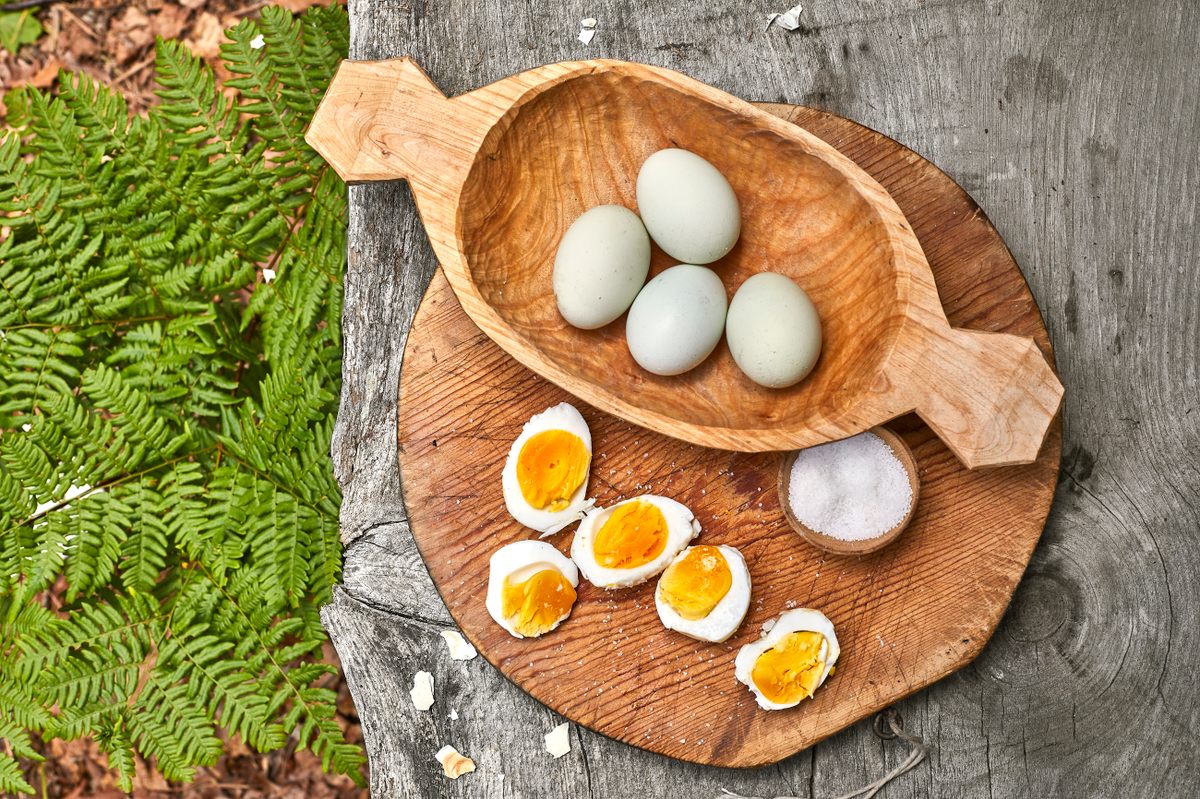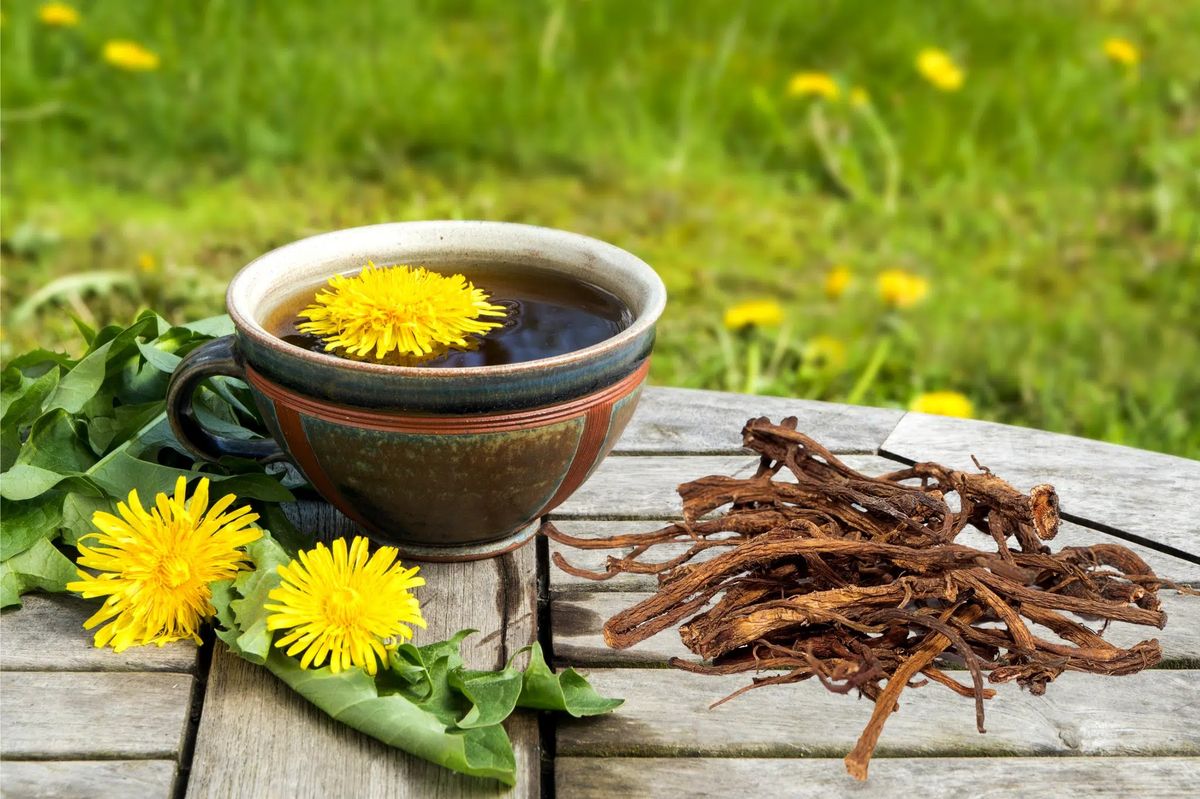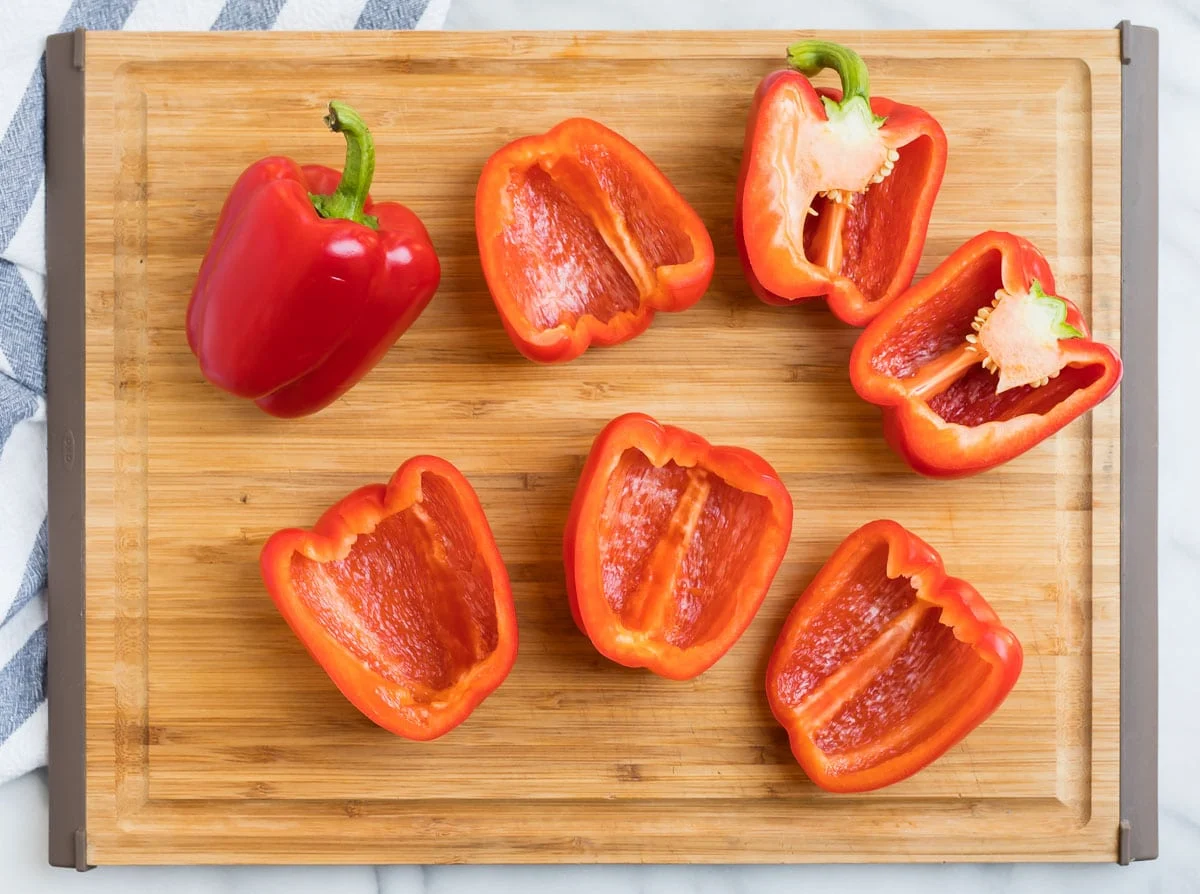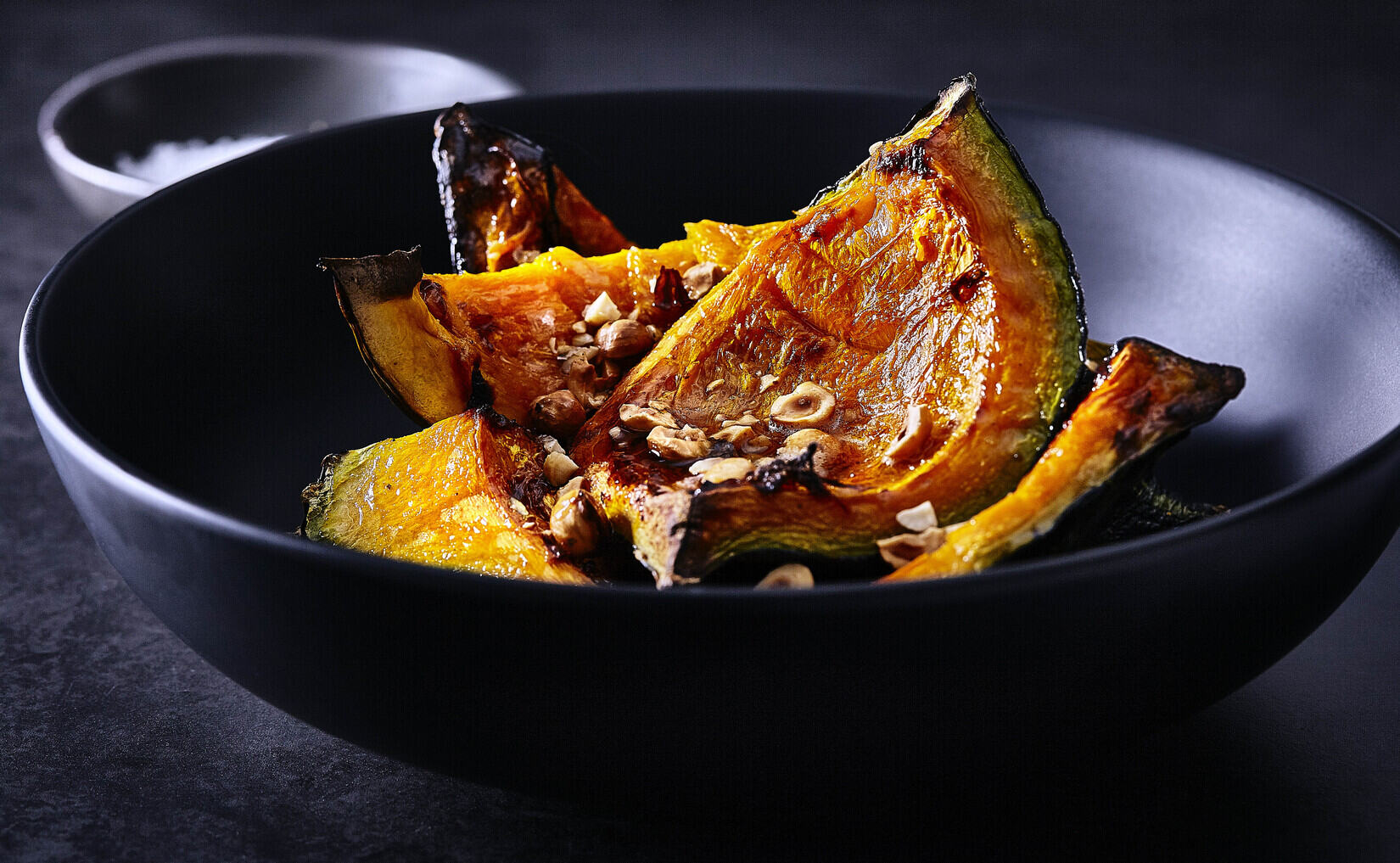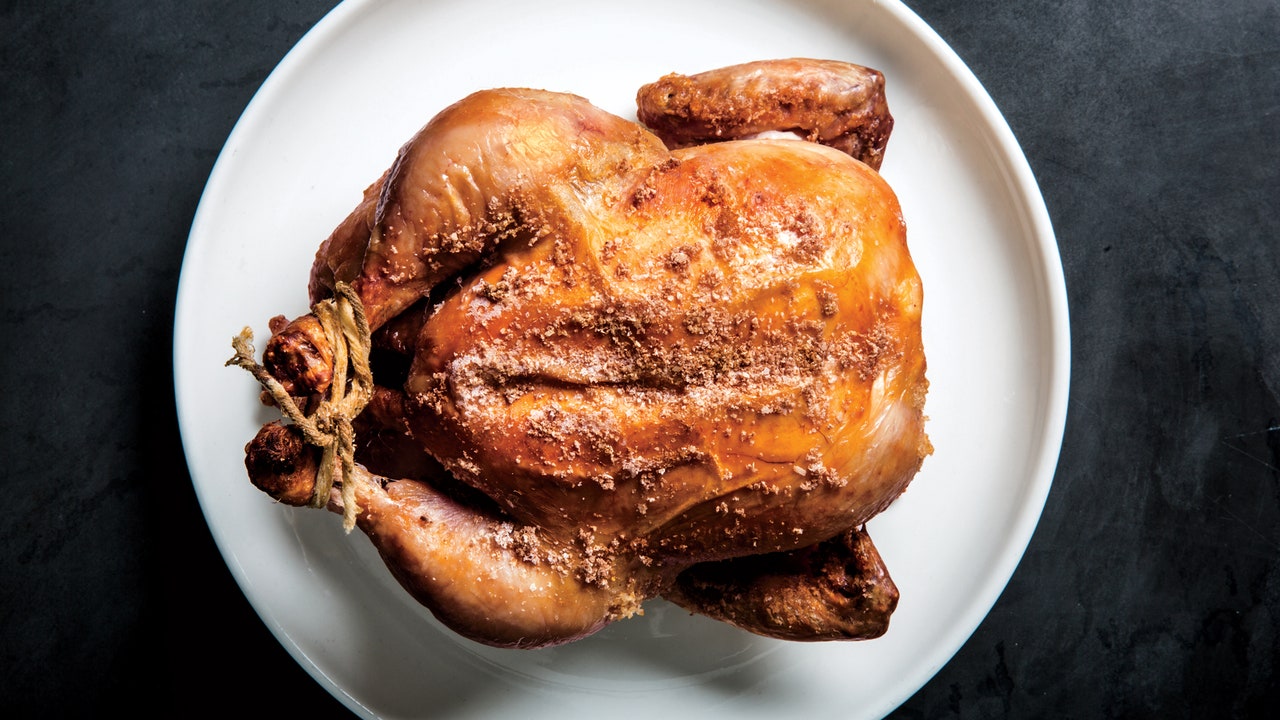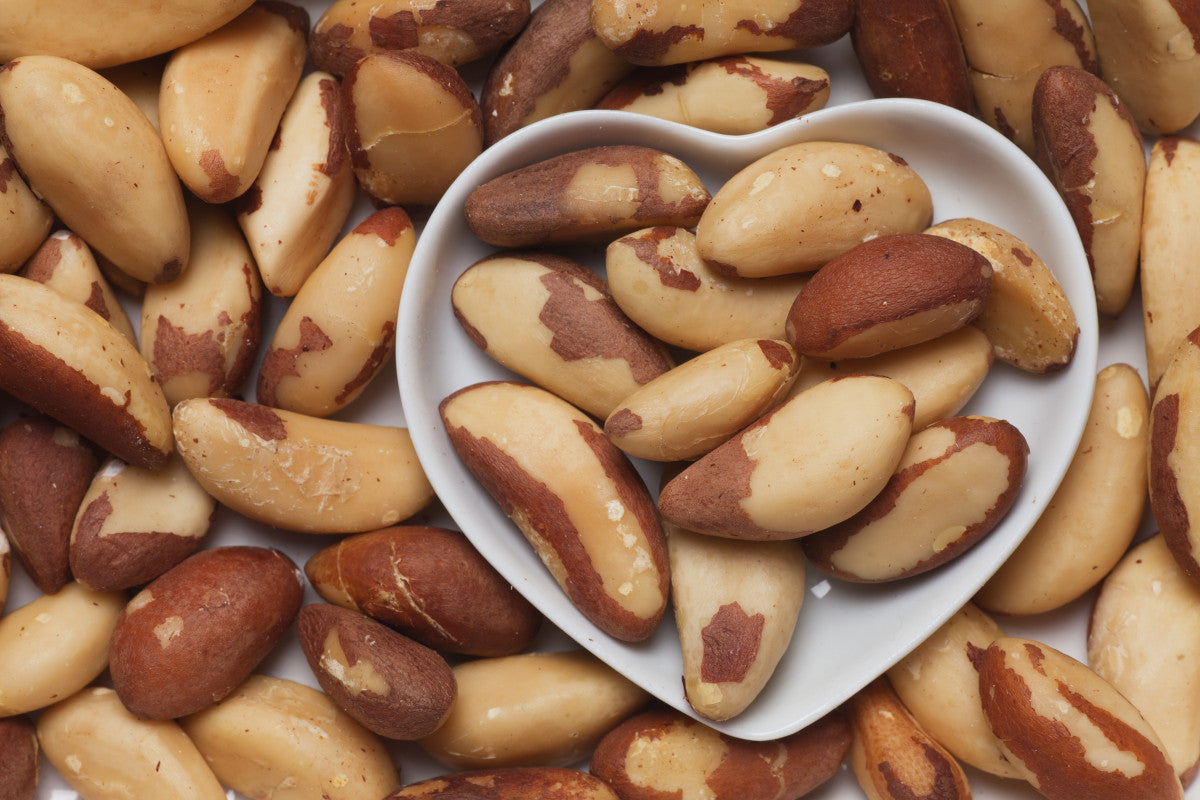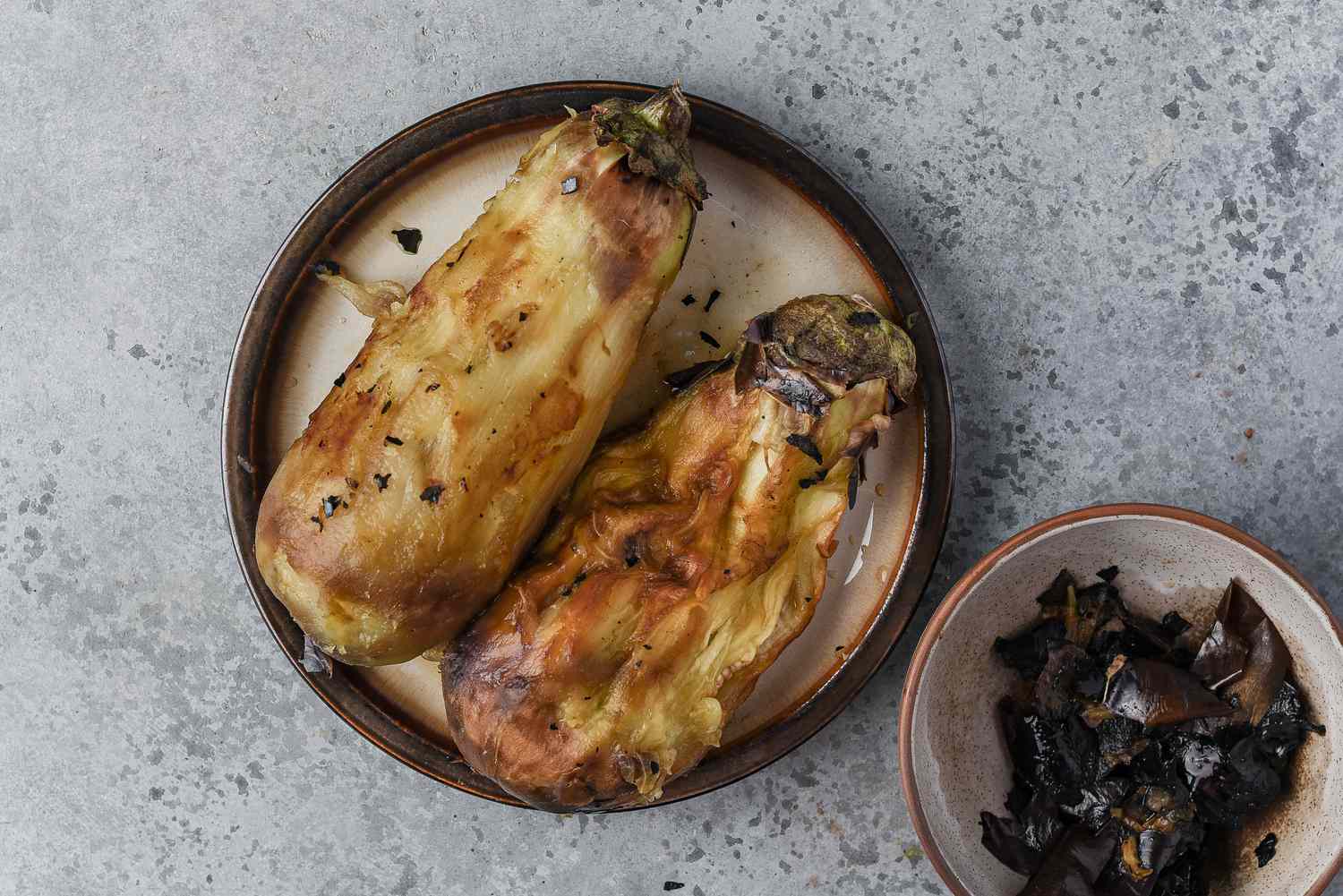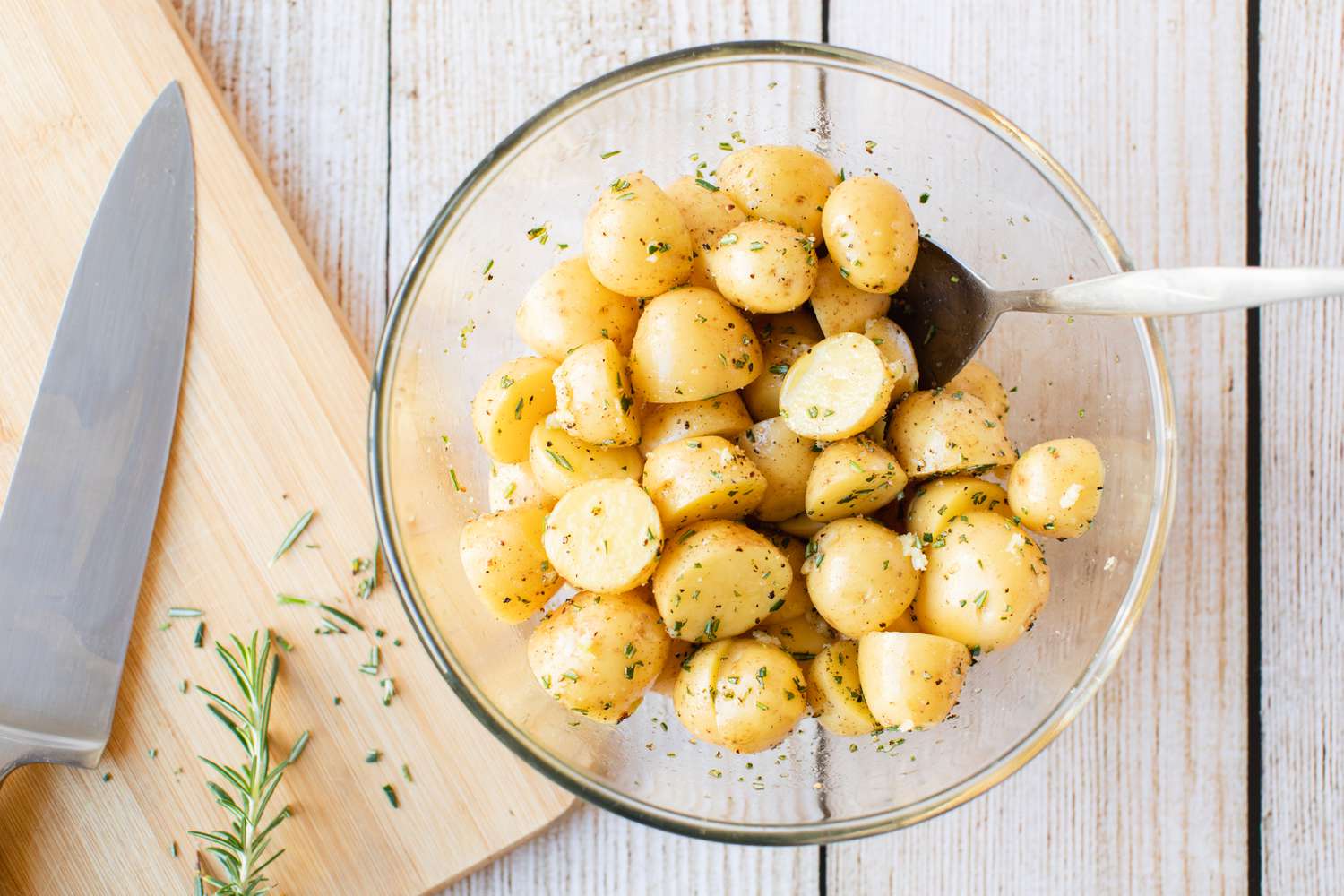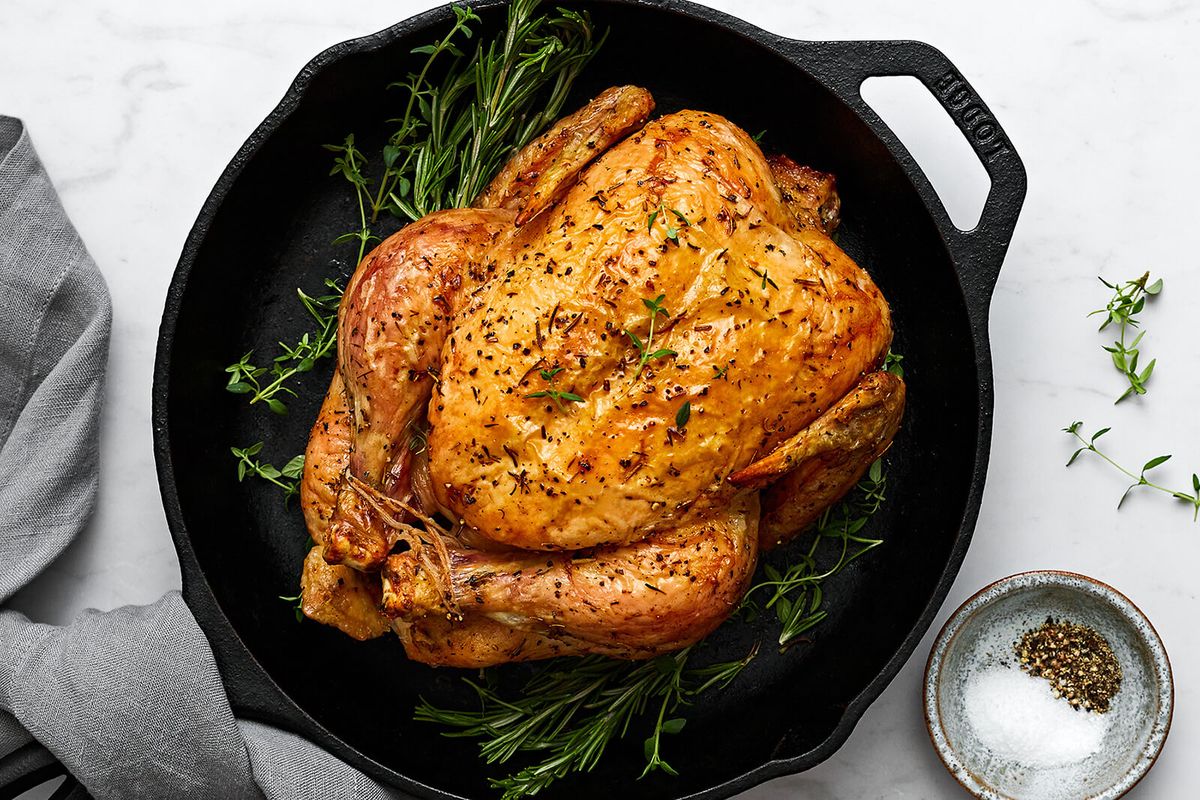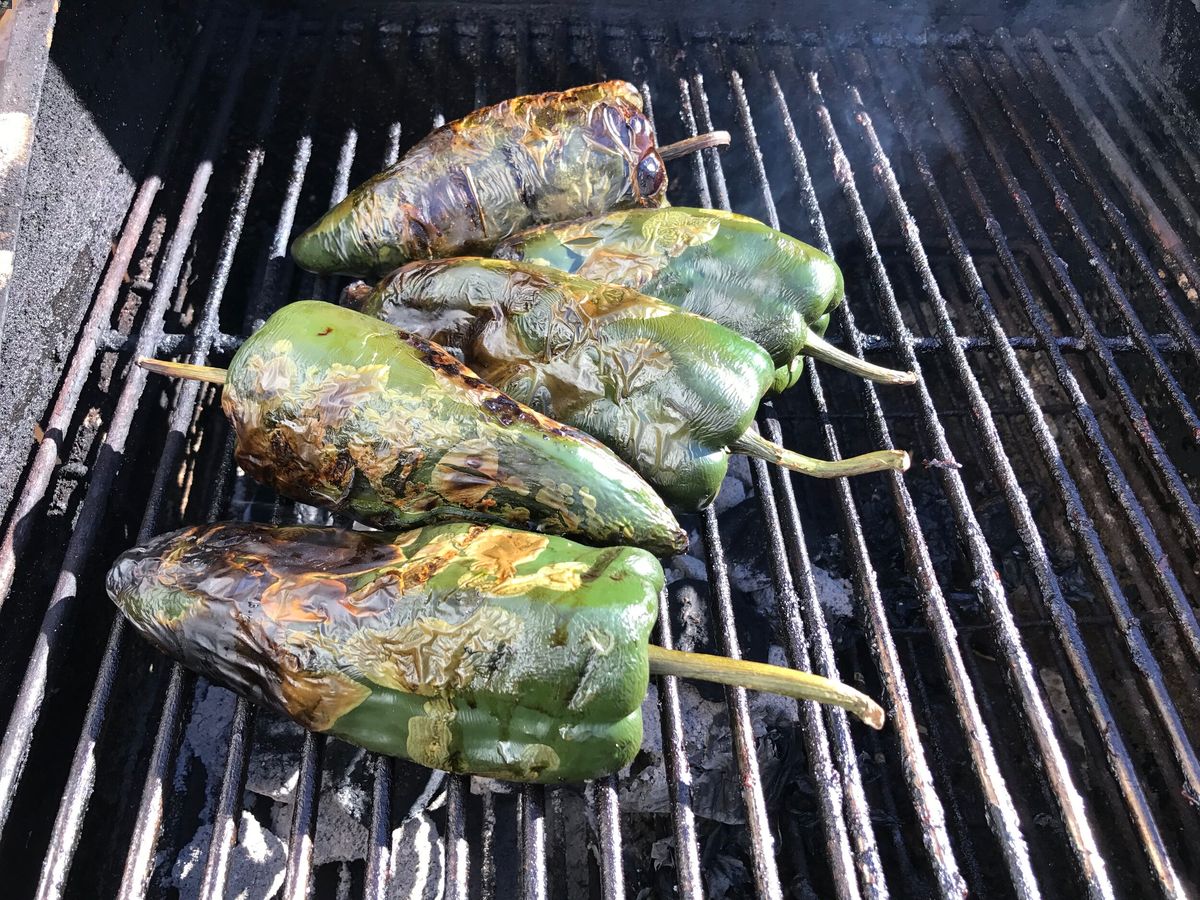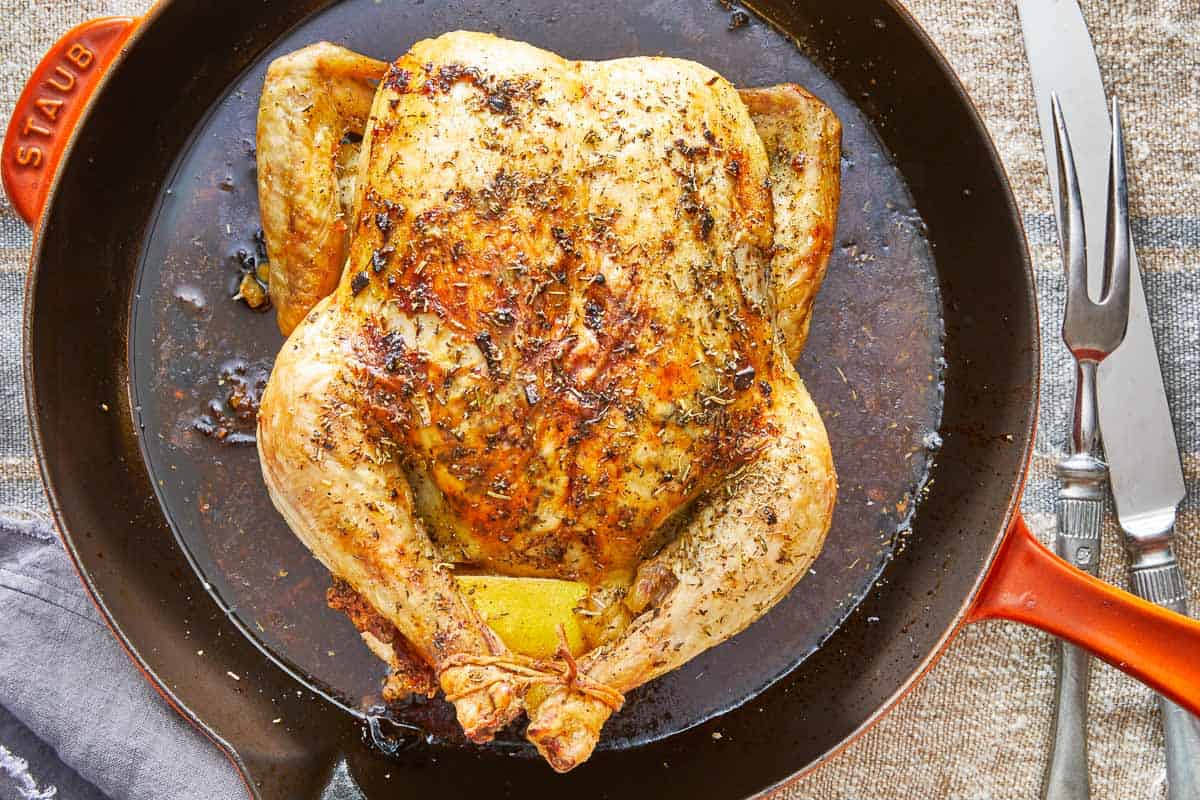Preparing Your Shank Bone for Seder
As you prepare for the Passover Seder, one important tradition is roasting the shank bone. The shank bone is a symbolic element of the Seder plate, representing the Paschal sacrifice. Here’s a simple guide to help you roast a shank bone for your Seder.
Choosing the Right Shank Bone
Before you begin, it’s essential to select a suitable shank bone. The shank bone is typically from a lamb, but it can also be from a chicken or a different kosher animal. Ensure that the bone is clean and free from any remaining meat or tissue.
Preparing the Shank Bone
Once you have the shank bone, it’s important to prepare it for roasting. Start by rinsing the bone under cold water to remove any remaining debris. Then, pat it dry with paper towels.
Next, you may want to consider seasoning the shank bone before roasting. While this is not a traditional requirement, some people choose to rub the bone with a mixture of salt, pepper, and other seasonings to add flavor.
Roasting the Shank Bone
Preheat your oven to 350°F (175°C). Place the shank bone on a baking sheet lined with parchment paper. You can also add some chopped onions, carrots, and celery to the baking sheet to enhance the flavor of the shank bone.
Roast the shank bone in the preheated oven for about 30-40 minutes, or until it turns golden brown. Keep an eye on it to prevent it from burning.
Allowing the Shank Bone to Cool
Once the shank bone is roasted to perfection, remove it from the oven and allow it to cool completely. Handling the hot bone directly after roasting is not recommended, so be sure to give it enough time to cool down before touching it.
Placing the Shank Bone on the Seder Plate
After the shank bone has cooled, it’s ready to be placed on the Seder plate. Traditionally, it is positioned on the Seder plate as a reminder of the Paschal sacrifice and the exodus from Egypt.
Remember to handle the shank bone with care as you place it on the Seder plate, ensuring that it is secure and won’t roll off during the Seder meal.
In Conclusion
Roasting a shank bone for the Passover Seder is a meaningful tradition that connects us to our heritage and history. By following these simple steps, you can prepare and roast a shank bone to perfection, adding a significant element to your Seder plate.
As you gather with family and friends for the Seder, the roasted shank bone will serve as a powerful symbol, enriching the experience and reminding everyone of the story of liberation and freedom.
Was this page helpful?
Read Next: How To Roast Asparagus Sweet Potato
